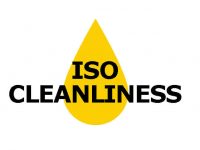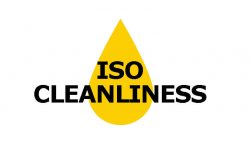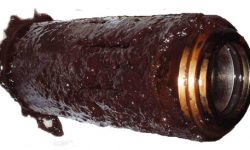Setting ISO Cleanliness Targets
Part of a lubrication program involves establishing ISO cleanliness targets, whether for new lubricants, or for in-service machines. The two primary difficulties arise from finding a reputable source and trying to find an exact fit. A seemingly smaller concern, but one with greater ramifications, is defining the difference between a target and a limit.
A target is defined as a desired value, whereas a limit is defined as a value that prompts a form of action to be taken. Original Equipment Manufacturers (OEMs) may provide either, so it is important to make the distinction before committing to using any OEM values.
As an example, a speed limit is truly a limit, not a target, even though it is treated is as such. If a highway has an imposed speed limit of 55 mph, it is within the law to issue a ticket for travelling at a speed of 56 mph, though this is rare. Experience would say than speeds of up to 60 mph won’t result in a ticket, but 65 mph or higher certainly could. In this metaphor, the OEM limit becomes a target, and the actual limit somewhat higher.
For lubricated machines monitored by oil analysis, interpreting a limit as a target will void any warranty, therefore targets are generally set at least two codes lower than the limit. Conversely, limits should be set at least two codes higher than a target. The difference between the target and limit provides some latitude to ensure that no action is required when the cleanliness is on target, and accounts for the precision and bias of the test (results may vary by up to one code).
Returning to the primary concerns: finding a reputable source outside of the OEM. Reproduced below is a chart from Hypro Filtration, it provides excellent guidelines for establishing target cleanliness levels. One differentiator compared to similar charts is the inclusion of the required filtration to achieve the cleanliness target, and rather than treat this information as a commercial attempt to sell filters, it would be more prudent to view the data as a plausibility check.
As an example, for cleanliness codes of 17/15/12 or lower, the general recommendation is to employ filtration that is finer than 10 µm. If the machine is not equipped with such filtration, it will likely never achieve its target cleanliness without side-stream filtration. If even the side-stream filtration is not at least 10 µm or smaller, then the target may be unrealistic.
Addressing the other primary concern: trying to find an exact fit. Cleanliness targets are not set generically according to machine type (e.g. compressor, pump), but rather to the most sensitive component within the system (e.g. type of bearing or valve), the system pressure (higher pressures require cleaner fluid), type of fluid (e.g. mineral oil or water glycol) and operating conditions (e.g. criticality, ease of repair, dirty environment). Given so many variables, it becomes apparent why OEM cleanliness targets may not always be available, but also that one target may not necessarily apply to all machines of the same type.
In closing, it should be noted that new oil generally has a cleanliness of 20/19/16 (give or take a code) regardless of packaging (bulk, tote, drum or pail), and that most in-service targets will be decidedly lower. Therefore, without prefiltration of new oils, nor without decent lubricant handling, any top-up or fluid change will result is a marked increase in the particle count, potentially surpassing a limit. The best solution is to prefilter the new fluid to at least the target cleanliness level, avoiding taxing the system’s filtration with the new fluid.







